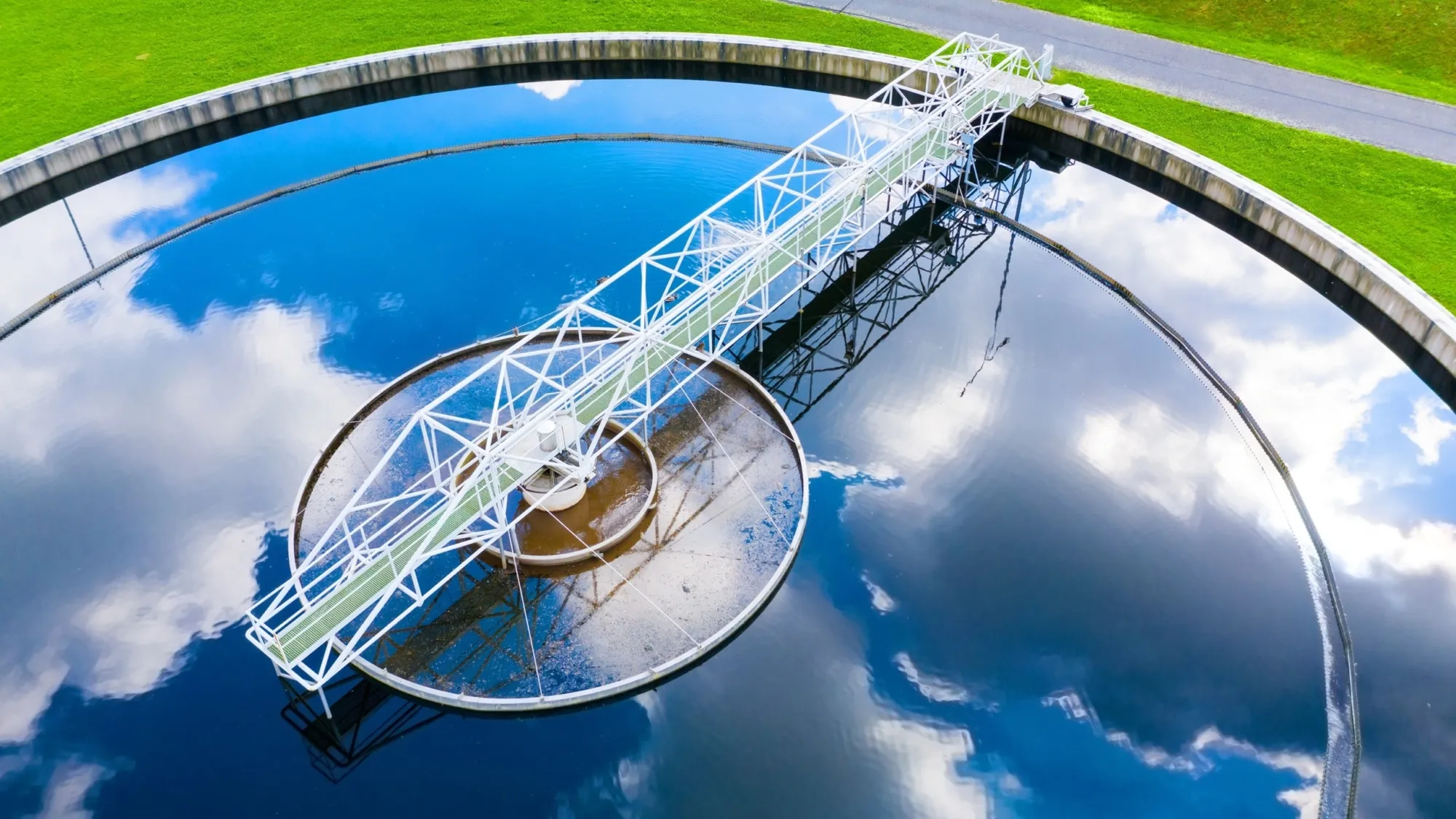Harnessing Environmental Management Systems for Sustainable Water Management on World Water Day
- Author: JASANZ
Friday 22 March 2024 marks the United Nation’s World Water Day. This year, the theme is, “Water for Peace”.
As part of World Water Day, we are highlighting the important of Environmental Management Systems (EMS) and the impact it can have on water management, including how we engage with Australia’s Traditional Owners to ensure it is managed sustainably and respectfully.
What is an environmental management system (EMS)?
An EMS is a framework of policies, procedures, and practices that helps an organisation manage and reduce their impact on the environment. It provides a structured approach to identify, evaluate, and mitigate environmental impacts.
The primary goals of an EMS are to ensure:
- Compliance with environmental regulatory requirements.
- The efficient use of resources.
- Waste reduction and pollution minimisation.
- The continuous improvement of environmental performance.
What are the key components of environmental management?
An EMS includes the following key components:
- Environmental policy: A statement that outlines an organisation’s commitment to environmental sustainability.
- Planning: This involves identifying environmental objectives, setting targets, and establishing programs to achieve them.
- Implementation: Putting plans into action, allocating resources, and assigning responsibilities.
- Checking: Regular monitoring of performance against objectives and targets to ensure the timely implementation of corrective actions.
- Management review: A formal review of the EMS supports its continued effectiveness and suitability.
What are the Benefits of an EMS?
The benefits of implementing an environmental management system are numerous. An EMS helps to fulfil compliance obligations, but it can also help address issues outside the realm of compliance including water management. ISO’s environmental standards translate passion into effective environmental action. The ISO 14001 provides the criteria for an EMS that an organisation can use to identify, track and enhance its environmental performance, fulfil its compliance obligations and achieve its environmental objectives. The standard can be used in whole or in part by any organisation – regardless of size or industry – that wants to strengthen its environmental action.
EMS and Indigenous Engagement Policies
An EMS can also be used to develop Water Management Systems, as well as Indigenous Engagement Policies, to ensure the ongoing protection of Aboriginal cultural heritage and develop working partnerships with Traditional Owners groups.
“We know of some JASANZ-accredited ISO 14001:2004 EMS scheme certificate holders working in the water sector that have harnessed their EMS for sustainable water management that actively engages and collaborates with Traditional Owners”, observed Sherri Lehmann, JASANZ Sustainability and Environment Sector Manager.
According to the United Nations website, “When we cooperate on water, we create a positive ripple effect – fostering harmony, generating prosperity and building resilience to shared challenges”.
Currently, JASANZ have 22,142 EMS Scheme certificate holders issued by 75 JASANZ-accredited bodies. If you’re interested in how certification to an EMS Scheme can benefit your organisation, get in touch with our Sustainability and Environment Sector Manager, Sherri Lehmann.
Alternatively, you can check an EMS certificate or find a relevant accredited body by visiting the JASANZ Register.

